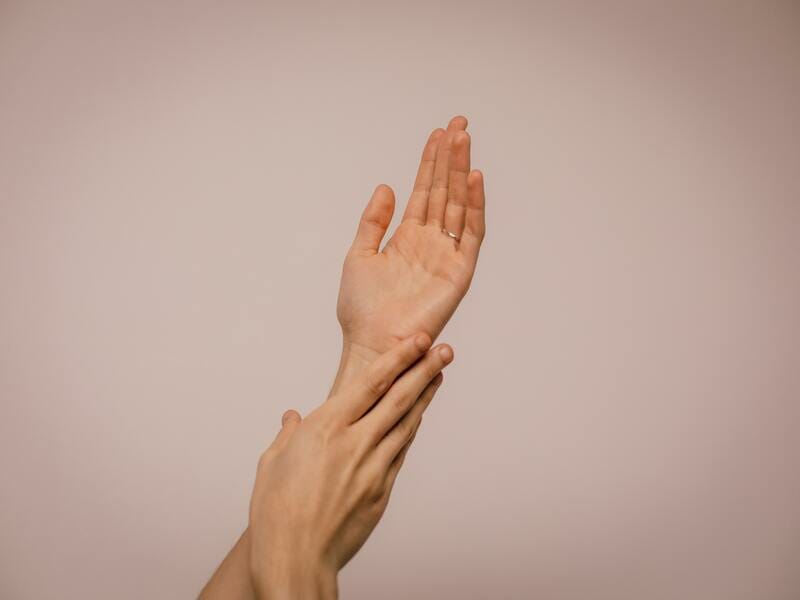Getting rid of winter rashes: Having dry skin is a very common skin problem under personalized healthcare system and is often worse during the winter when environmental humidity is low. It can occur at all ages and in people with or without other skin problems. The normally fine lines in the skin become more visible, the skin feels rough and appears dull and flaky. In more advanced cases, fish net-like cracks resembling the fine fracture lines of cracked porcelain can occur.

Dry skin affects every part of your body
Mostly dry skin occurs commonly on the arms and legs, but can also affect the trunk of the body. It is very commonly produces itching, which can be severe and interfere with sleep and other daily activities. Repeated rubbing and scratching can produce areas of thickened, rough skin. Also dry, thickened skin can crack, especially in areas subject to chronic trauma, causing painful cracks in the skin. Dry skin and scratching may result in dermatitis when the skin becomes red in addition to dry and scaly.

Not enough water in stratum
Dry skin results when there is not enough water in the stratum corneum or the upper layer of the skin, for it to function properly. Under personalized healthcare system, one way this can happen is when protective oils in the stratum corneum are lost and the water that is normally present in the skin is allowed to escape. Too much soapy water, exposure to harsh chemicals, the normal aging process and certain types of skin diseases are some of the causes of decreased amounts of protective skin oils. As the stratum corneum dries out it shrinks and, as it shrinks, small cracks can occur. This exposes the underlying living cells to irritating substances and germs in the environment.

An important aspect of treatment is to identify and tackle any factors that may be contributing to the dry skin. Water alone can actually worsen the problem of dry skin by removing the normal, protective skin oils. Hot, soapy water depletes the natural skin oils to the greatest degree. Water followed by the application of oil such as a moisturizer is of great benefit for dry skin.
Methods of getting rid of harsh and dry skin via personalized healthcare ways
1. Take a short bath or shower only once in a 24 hour period.
2. Bathing should be in warm rather than hot water.
3. Soap should be used minimally.
4. Mild soaps should be used and that should be unscented.
5. After showering, quickly and gently pat the skin partially dry with a towel.
6. Within three minutes of getting out, apply moisturizer to seal the water in the skin before it evaporates.
7.Bath oil can be directly rubbed into the skin after showering or bathing, but should not be added to the water.
8.Moisturizers should be reapplied liberally during the day and evening when possible, especially to those areas prone to dryness.
Do not scratch the skin as it may crack and lead to bleed. Most winter rashes improve with lifestyle changes, home remedies, and other medicines and treatments. It’s better to consult a doctor otherwise it may persist and get worse.
We truly hope you found this article informative. If you have any queries or suggestions then please reach out to us by dropping a message in the comment box below. Also to know more, you can always visit our website www.aanyawellness.com or book a preventive healthcare consultation session to get personalized and preventive healthcare solutions to your problems.
What does winter rash look like?
You might have a winter rash if your skin appears red, swollen, or flaky. It may itch or feel sensitive to the touch.
How long do winter rashes last?
The rash is temporary and lasts for 1–2 hours after exposure to the cold.
Why is my skin so itchy in winter?
Cold air is dry air, and that dryness can pull the moisture out of the top layers of your skin. It’s also possible to experience winter itch in warmer months if you’re spending time indoors.
Can anxiety cause a rash?
A stress rash is simply a rash or issue with the skin caused by stress and anxiety.
What is the best lotion for winter itch?
Use cream or oil based moisturizers such as Cetaphil Cream, Eucerin Cream, Aveeno Cream, Vaseline, Cocoa Butter, Aquaphor, A&D ointment or baby oil instead of lotion.

